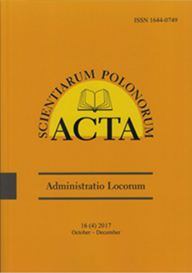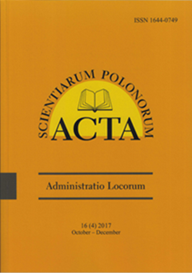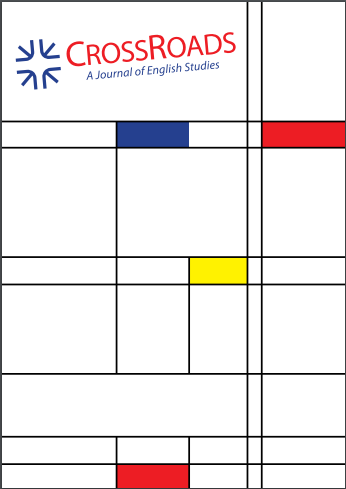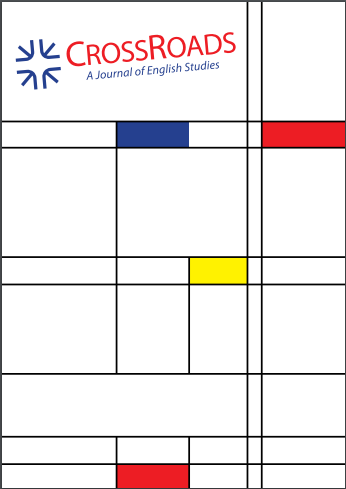
CHANGES IN THE SPATIAL DEVELOPMENT OF FORMER TOWNS APPLYING FOR CITY STATUS. CASE STUDY OF LUBLIN PROVINCE
CHANGES IN THE SPATIAL DEVELOPMENT OF FORMER TOWNS APPLYING FOR CITY STATUS. CASE STUDY OF LUBLIN PROVINCE
Keywords: small town; functional and spatial structure; public space; restitution; Poland;
Motives: In the past 20 years or more, many towns that had lost city status during the partitions of Poland have applied for the restoration of municipal rights. Aim: The aim of the research conducted in 2020 was to identify changes in the functional and spatial structure and in the public spaces of four towns that had been deprived of municipal rights: Goraj, Izbica, Turobin, and Żółkiewka. The analysed towns are located in the least urbanised part of Lublin Province. Results: In the course of the research process, changes in the size of developed areas between 1965 and 2020 were analysed, and the functions of newly urbanised areas, their present functional and spatial structure, and the proportion of agricultural homesteads in total housing resources were determined and identified. Additionally, downtown areas in each studied location were assessed with the use of the “sensory perception curve” method, which is also known as Wejchert’s method, and local community members were surveyed. The respondents were asked to evaluate public spaces and the functional and spatial structure of each town, and to assess its chances of regaining city status. Survey results indicate that the functional and spatial structure, as well as public spaces in all studied locations justify the efforts to restore these towns’ municipal rights.
More...



